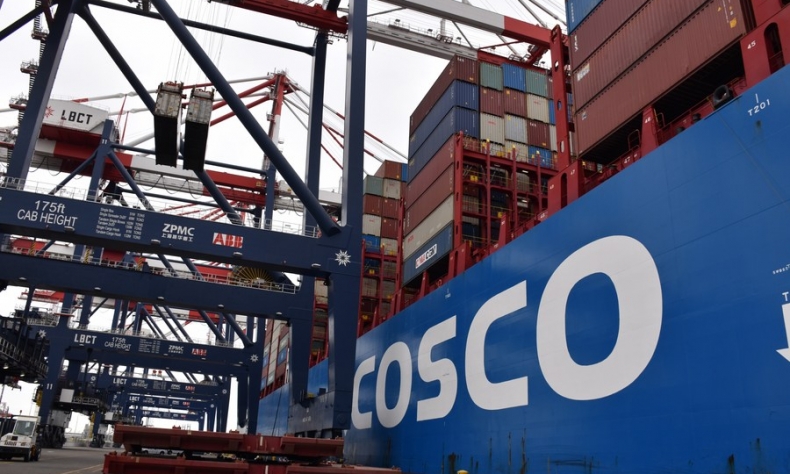The Stag Hunt Dilemma

Chinese people often use the term ‘win-win’ to describe the China-U.S. trade relationship. However, many American elites do not share this view.
In his Discourse on the Origin and Basis of Inequality Among Men, French philosopher Jean-Jacques Rousseau presented the famous “stag hunt game,” in which two hunters, who are not familiar with each other, go hunting. They each can choose to hunt a hare or a stag. Hunting a hare is easier and can be accomplished independently, but the reward is lower. Hunting a stag is more difficult and requires the two to cooperate but the reward to each is higher.
Clearly, hunting a stag together is the optimal option for each of them. However, issues arise when the more capable and contributive hunter gets a larger share. As the young hunter becomes equally experienced and takes the lead, the old hand may feel credit for the hunt should go to the skills and experience he taught. Once they lose trust in each other, bad blood develops.
Over the past half-century, the China-U.S. trade relationship has indeed fallen into a stag hunt dilemma. In the 1980s, the United States chose China as a trading partner at a time when China had begun its reform and opening up and was newly eager to integrate into the global market. China attracted capital, technology and management expertise from foreign countries including the U.S., growing into the world’s factory and achieving rapid development, while foreign companies reaped substantial profits in China. Meanwhile, thanks to the rise of China’s manufacturing, global consumers, including those in the U.S., can enjoy cheaper, high-quality goods. A widely cited statistic from the Oxford Economics Institute in the UK indicates that in 2015, the average annual income for a typical American household was $56,500, and the China-U.S. economic relationship helped these households save $850 per year. Chinese goods exported to the U.S. contributed to a reduction in American price levels by 1 percent to 1.5 percent.
Chinese people often use the term “win-win” to describe the China-U.S. trade relationship. However, many American elites do not share this view. U.S. political pollster Frank Luntz conducted a survey and found that one major reason Americans dislike the term “win-win” is their obsession with sports culture, where competitions always have winners and losers, leading them to believe that “win-win” is unrealistic.

In 2018, the Donald Trump administration used this argument as a pretext to launch a trade war against China. Although Joe Biden criticized this policy during his campaign, he did not change course once in office. Instead, he continued his predecessor’s trade policies toward China and intensified efforts to block China in the hi-tech sector. Trump, now running for president again, has stated that if re-elected, he plans to impose tariffs of up to 60 percent on all Chinese goods.
What the consequences would be? According to the U.S.-China Business Council, terminating normal trade relations with China would result in an economic loss of $1.6 trillion for the U.S. within five years, equivalent to 5 percent of the U.S. GDP in 2024, and lead to the loss of over 700,000 jobs.
What if the parties persist in their collaboration? A notable example is the improvement in trade relations between China and Australia, which have indeed achieved mutual benefit—a term that Americans are reportedly more willing to accept. The Australia China Business Council (ACBC) commissioned the Bankwest Curtin Economics Centre (BCEC) to release a survey report in June. The report found that for the fiscal year 2022-23, trade with China increased the average disposable income of Australian households by AU$2,600 ($1,705), which accounts for 4.6 percent of the average household disposable income in Australia. It also created 595,600 jobs, equivalent to 4.24 percent of Australia’s total employment, and helped Australian households save 4.2 percent on living costs.
“The value of the Australia-China trade partnership to state and national economies is well known,” BCEC Director Professor Alan Duncan said. “But what’s perhaps less well understood is the direct, measurable benefit of our relationship with China to the average Australian household through the channels of increased employment, higher incomes and lower prices.”
It should be noted that these gains were achieved despite the downward pressure on the Chinese economy. Whether for Australia, the U.S., or other countries around the world, the potential of the 1.4-billion-people Chinese market remains far from fully tapped.
 Facebook
Facebook
 Twitter
Twitter
 Linkedin
Linkedin
 Google +
Google +










